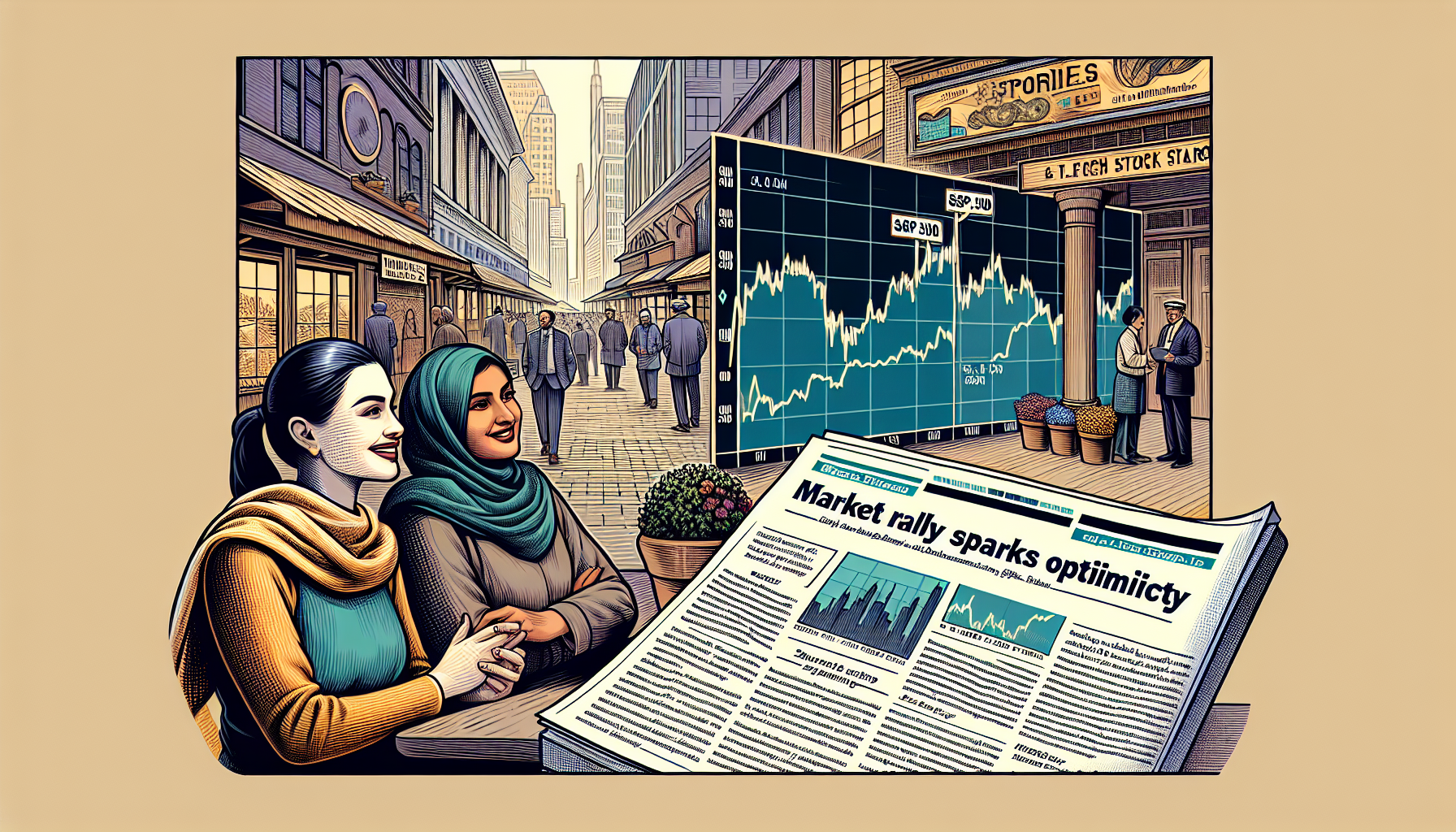S&P 500 Futures Remain Flat as Market Rally Sparks Optimism Over Tariff Concessions
The financial markets experienced a rollercoaster week, with the S&P 500 futures showing little movement after a significant comeback rally. Investors are cautiously optimistic as hopes for tariff concessions by the U.S. government fuel market sentiment. This article delves into the factors driving this market behavior, the impact of tariff policies, and what lies ahead for investors.
Market Recovery Amid Tariff Uncertainty
On Wednesday, the major U.S. stock indexes staged a remarkable recovery after two consecutive days of losses. The Dow Jones Industrial Average surged by 485.60 points, or 1.14%, while the S&P 500 and Nasdaq Composite gained 1.12% and 1.46%, respectively. This rally was largely driven by the White House's announcement of a one-month delay in tariffs for automakers complying with the United States-Mexico-Canada Agreement (USMCA).
This decision sparked hopes among traders that President Donald Trump might extend similar concessions to other sectors, easing the pressure on global trade. However, despite the rally, all three major indexes remain down by more than 1% for the week, reflecting the lingering uncertainty in the market.

Tech Stocks Face Volatility
While the broader market showed signs of recovery, the tech sector faced significant challenges. After-hours trading saw several tech giants tumble, with Marvell Technology dropping over 13% despite narrowly beating fourth-quarter expectations. Chipmakers Broadcom and Micron Technology also experienced declines, while MongoDB sank approximately 16% due to disappointing full-year guidance.
This volatility highlights the sector's sensitivity to global trade tensions and economic uncertainties. Investors are closely monitoring these developments, as tech stocks have been a key driver of market growth in recent years.
Tariffs and Their Impact on Global Markets
Earlier in the week, President Trump announced tariffs on key U.S. trading partners, including Mexico, Canada, and China. These measures were met with immediate retaliation, further escalating trade tensions and creating unease among investors. The tariffs have raised concerns about inflationary pressures, supply chain disruptions, and slower global economic growth.
Mark Hackett, Chief Market Strategist at Nationwide, described the current market environment as being driven by a "three-headed monster" of growth challenges, inflationary pressures, and political uncertainty in Washington, D.C. These factors have contributed to a sharp decline in investor sentiment and a broad-based market sell-off.

Small Caps and Growth Stocks Under Pressure
Small-cap stocks and growth-oriented companies have been particularly hard-hit by the recent market turbulence. These sectors are often more vulnerable to economic uncertainties and trade disruptions, making them less attractive to investors during periods of heightened volatility. As a result, many investors are shifting their focus to more stable, large-cap stocks and defensive sectors.
What Lies Ahead for Investors?
As the market continues to navigate these challenges, investors are closely watching for further developments on the tariff front. Any signs of progress in trade negotiations or additional concessions could provide a much-needed boost to market sentiment. However, if trade tensions persist or escalate, the market could face further downward pressure.
In the meantime, investors are advised to maintain a diversified portfolio and focus on high-quality, resilient companies that can weather economic uncertainties. Staying informed about global economic trends and policy developments will also be crucial for making informed investment decisions.
Key Takeaways for Investors
- Monitor developments in U.S. trade policy, particularly regarding tariffs and concessions.
- Exercise caution with tech stocks and growth-oriented sectors, which are more vulnerable to volatility.
- Consider diversifying your portfolio with defensive stocks and large-cap companies.
- Stay informed about global economic trends and their potential impact on the market.
